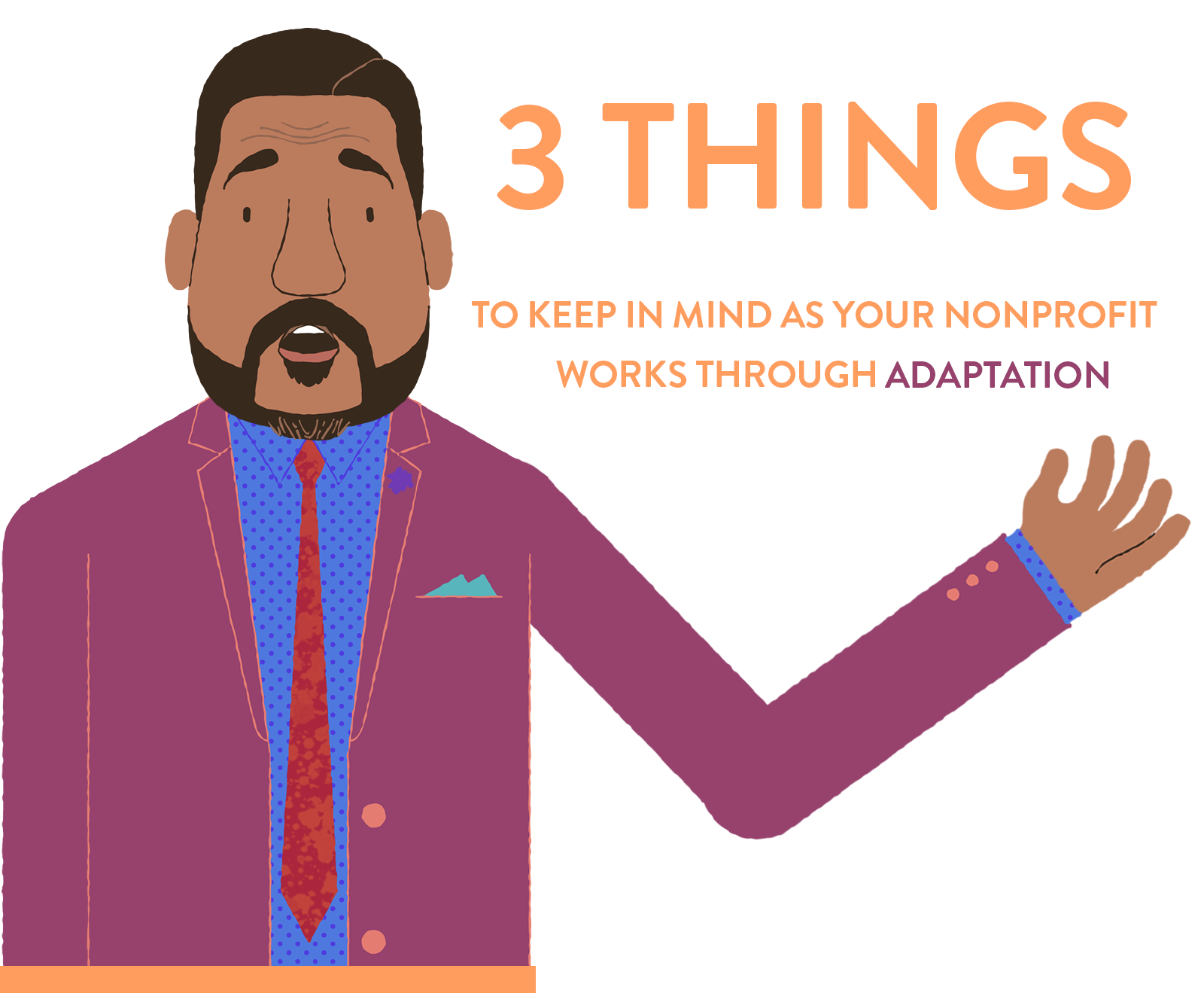

The recent financial crisis exposed how fragile and vulnerable the traditional nonprofit business model really is.

This is a story about how one nonprofit is becoming more sustainable; about how new earned income models and diversity in revenue streams can make nonprofits more viable for the future.

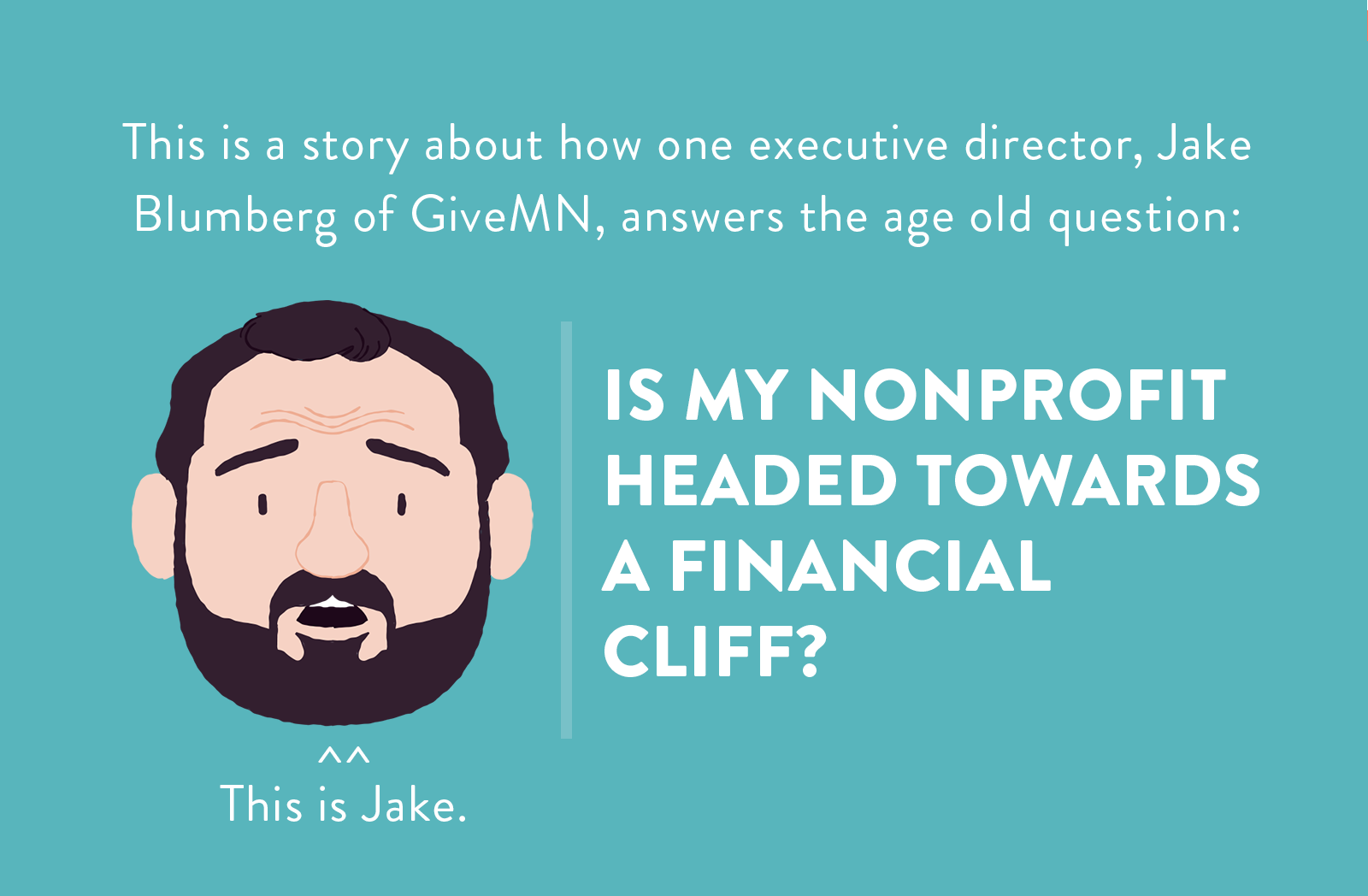
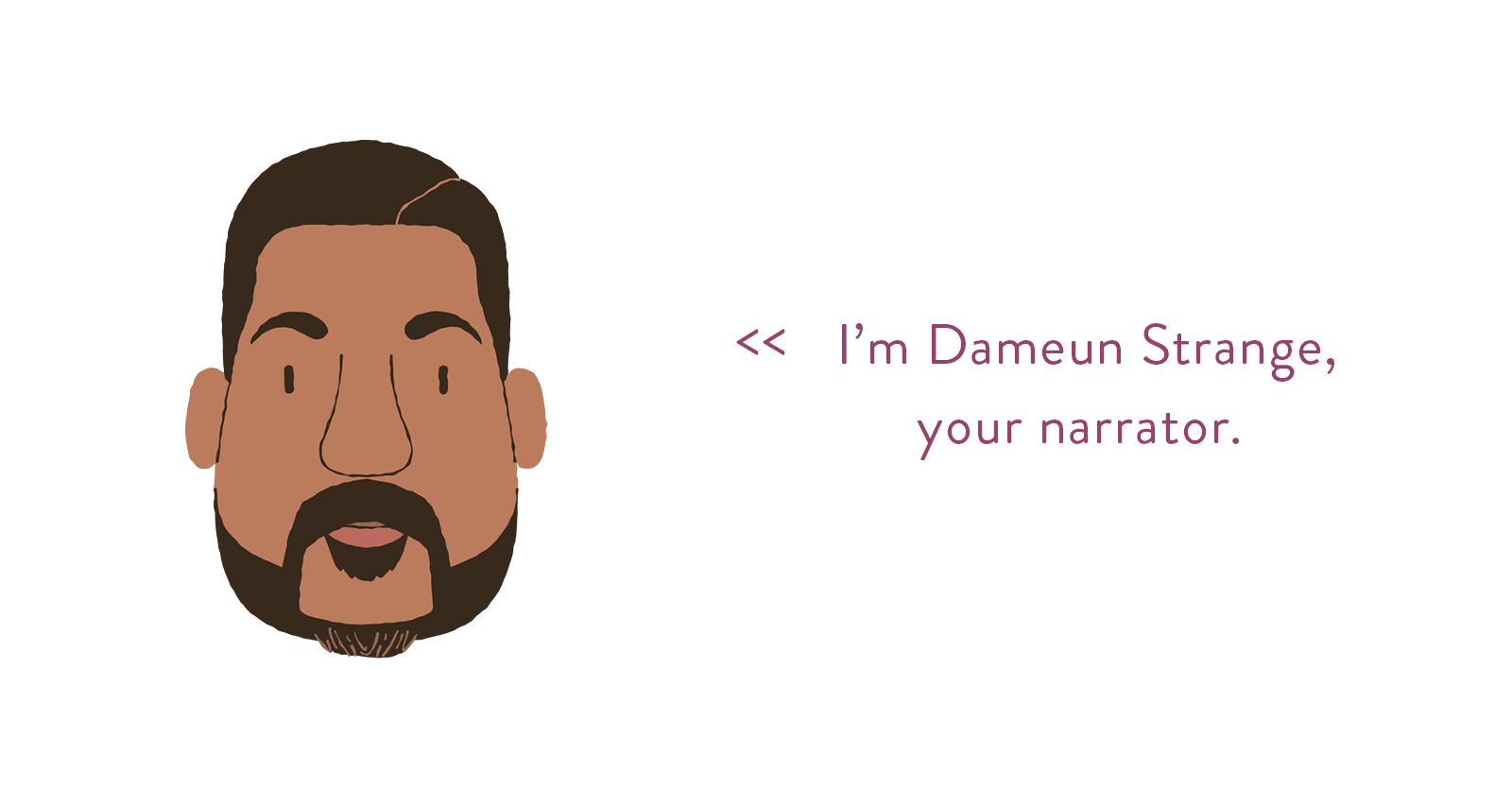
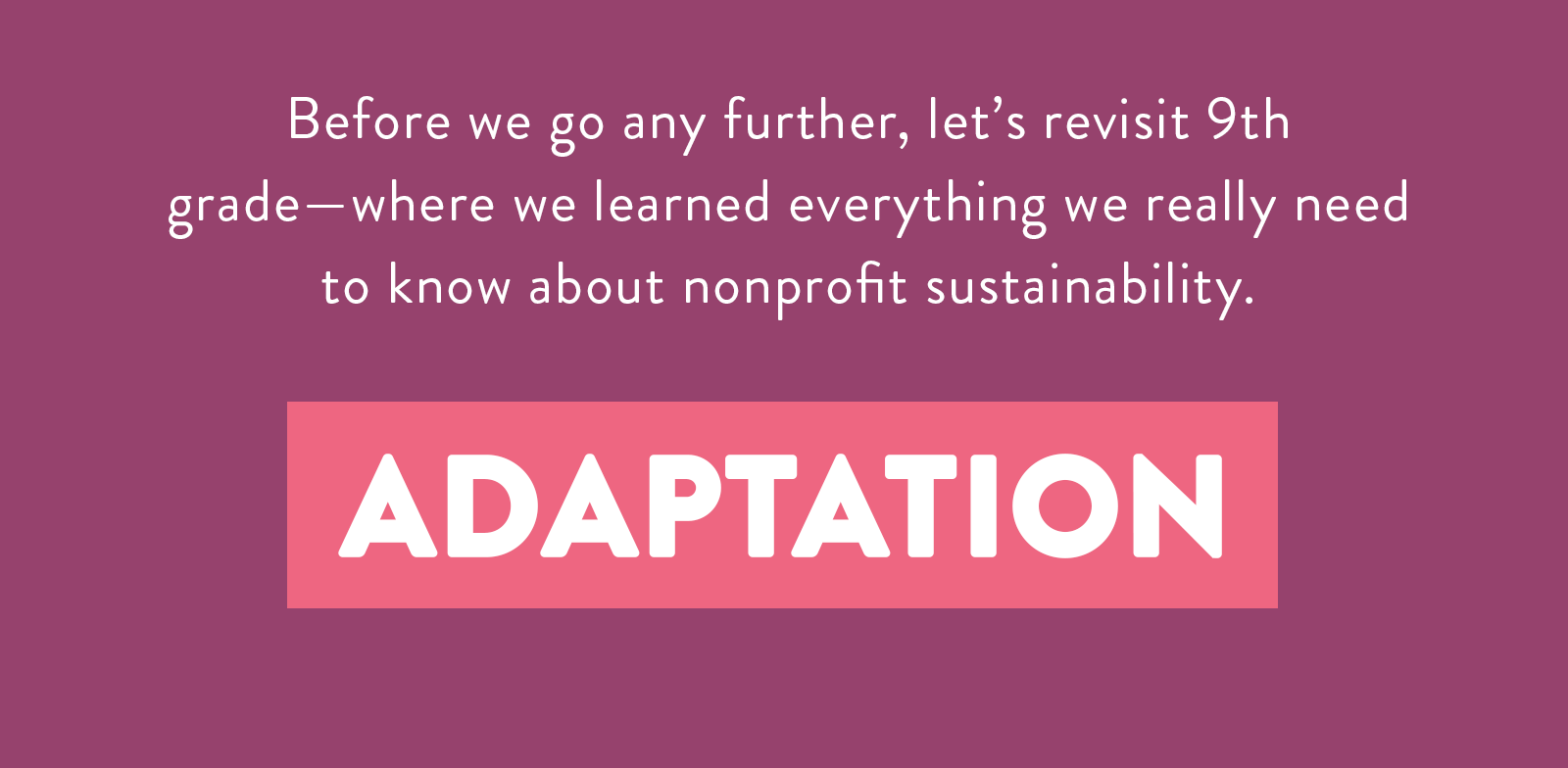
Adaptation.
In biology, an adaptation, also called an adaptive trait, is a trait with a current functional role in the life of an organism that is maintained and evolved by means of natural selection.
In music class, jazz improvisation is not just some unsystematic free form of musical expression, but it is very much a process, a systematic series of actions directed to some end.
The overlap between genetic biology, and in particular the theory of evolution, and the fundamentals of jazz improvisation is not only a principle of science and art, but also the guiding pattern of true nonprofit sustainability.
Being free to improvise, to adapt.
If you don’t want your organization to fall prey to natural selection, the organization must be able to adapt. And for the most part, you can systematically take a series of actions that leads to a more viable end, to sustainability.
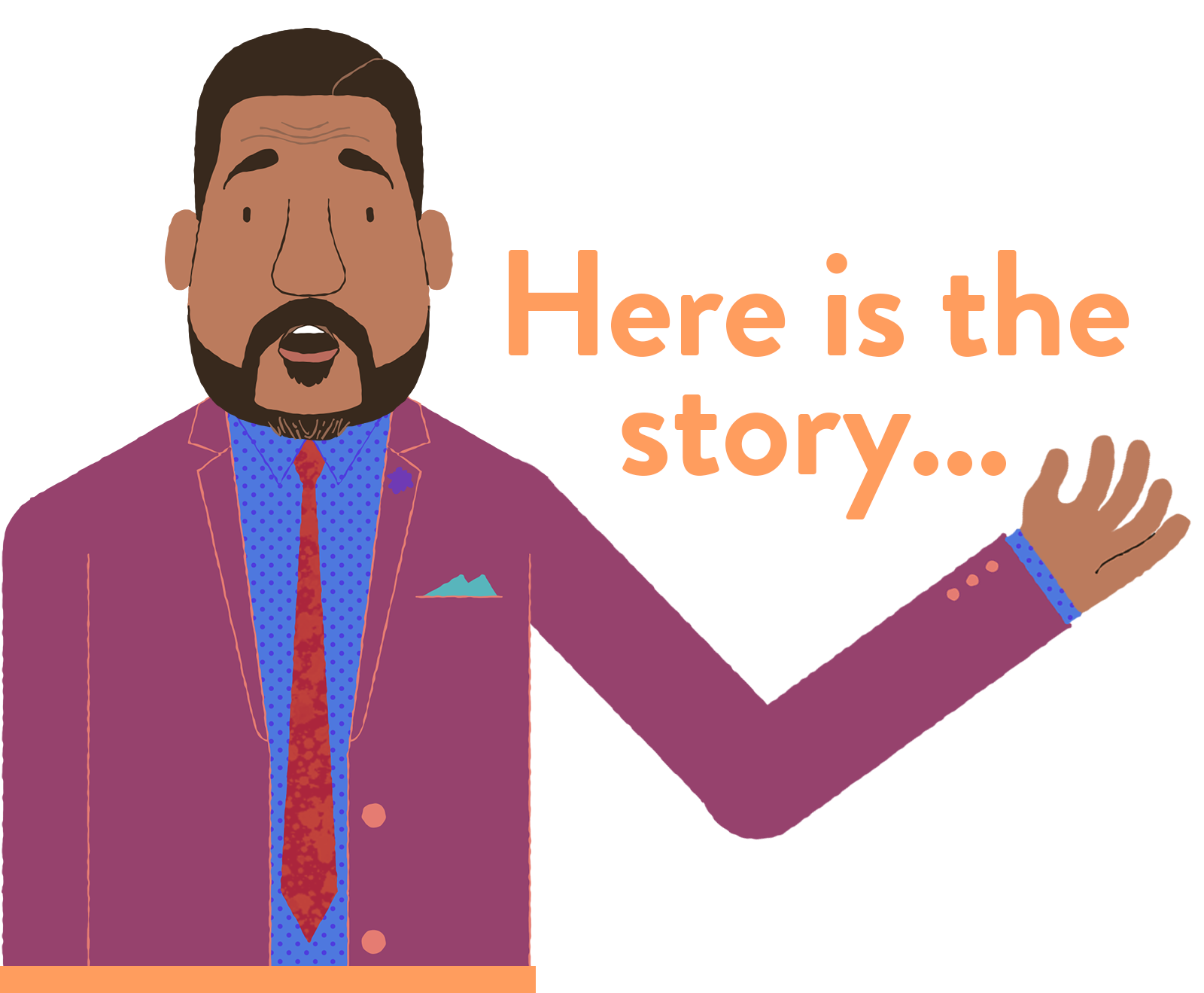
…the story of Jake and the big actions he’s taking as a new executive director to keep his nonprofit evolving, viable, and far from the edges of extinction.

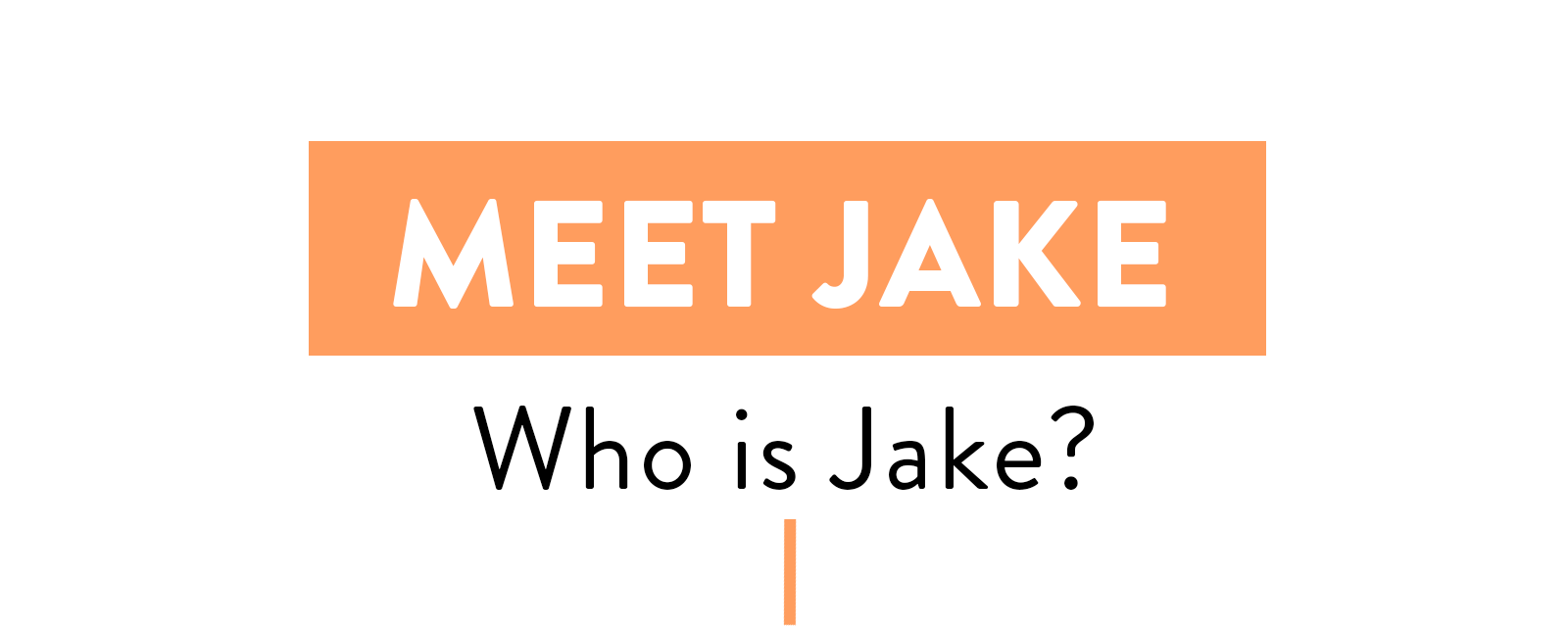
Well, he likes pandas.
(Pandas are sleepy, hungry, slightly grumpy, and super cuddly… just like Jake.)
He loves the NFL (Broncos for life), and equality (everyone has the right to the same quality of life—his grandfather taught him that).
He’s also pushing to evolve his nonprofit’s business model after a major leadership transition.
As the new executive director for GiveMN—replacing a founding director—he heard the same thing over and over…


For GiveMN, this leadership transition was incredibly good timing, giving the organization and board a chance to pause, breathe, and ask the question “what’s next?” With a new leader, they could pivot their model and be proactive and make smart decisions about their future…as opposed to the nonprofit normal of reaction and urgency.
GiveMN is not your normal nonprofit. Leading GiveMN is different than leading a direct service nonprofit. Their team has a responsibility to over 10,000 nonprofits and schools. They are here so that those 10,000 organizations can take care of their communities.
“We’re not doing work just to do work. We’re not around to just be around. We’ve made a conscious decision to grow giving and ignite generosity. I have been granted a unique and privileged opportunity to help shape this mission for the future.”




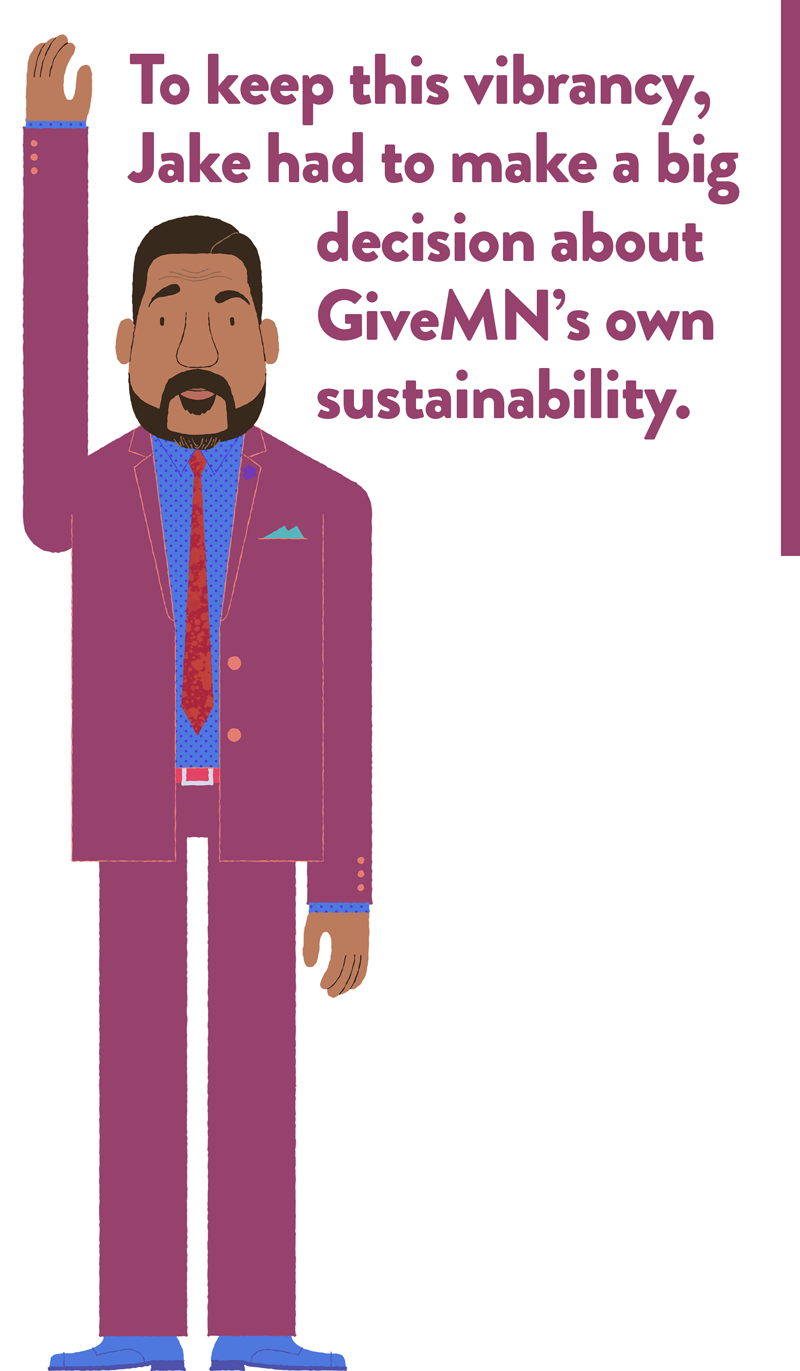
It costs money to raise money. And for online fundraising that cost comes in the form of donation processing fees.
For an organization that has helped nonprofits and schools raise more than $140 million in donations for more than 10,000 nonprofits and schools, it’s surprising that 0% of GiveMN’s processing fee was going towards supporting GiveMN’s programs.
Not only has GiveMN received 0% of the processing fee for its own operations, but also each nonprofit had to deduct the fee from its donation. Meaning, if a donor gave $100, the nonprofit got $95.10.
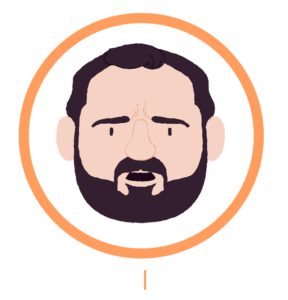
“This was the challenge I could see on day one of the job.”
There were many options on the table and Jake felt only one would effectively serve GiveMN’s mission and build new revenue to support that mission: adapt the technology so that donors can cover the fee—more money in the nonprofits’ pockets—and increase the processing fee from 4.9% to 6.9% so that GiveMN could finally start capturing revenue from this service. National data show that 40% of the time donors will cover the fee, which means nonprofits and schools on GiveMN.org stand to be better off this year compared to years past as donors make a gift and add on the fee as well.
“We had to increase our fee because we have a responsibility to the entire community to stay in business.”

Jake knew this job would be a challenge. He knew that it would be impossible to steward thousands of organizations without stewarding GiveMN’s own resources. He knew that breaking out of the scarcity mindset which forms a success ceiling over the entire nonprofit sector could be an uphill battle. But Jake is proud. Proud that GiveMN is fighting for sustainable giving, while being transparent about the business model that makes it all possible.



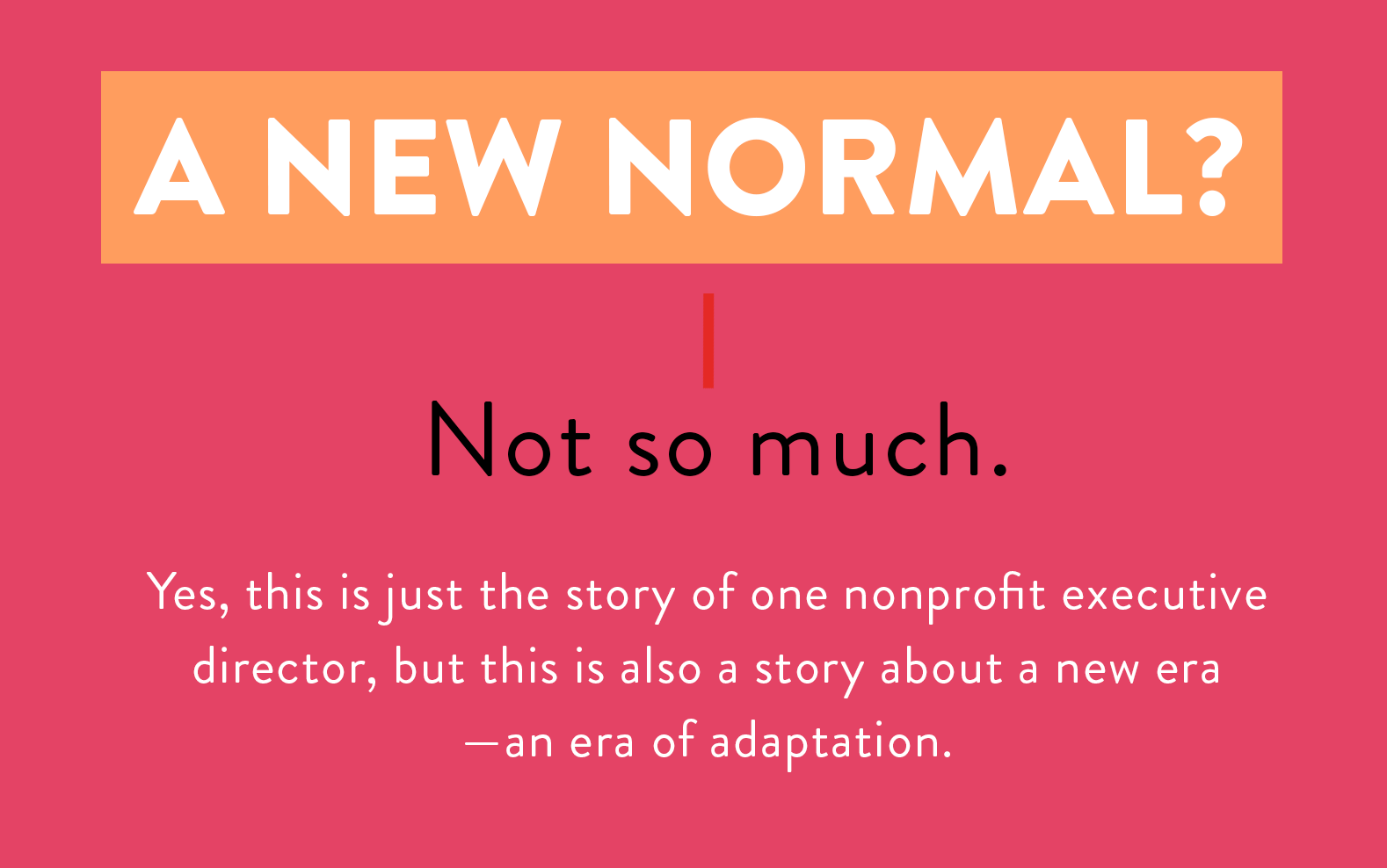
The earned income model will not be for every nonprofit organization. But a shift towards a focus on adaptation should be.
Agility and improvisation; listening to your community as partners in your organization; riffing off of what you are hearing. Adapting the business models around your mission will make your organization as skilled a player on the nonprofit stage as Miles Davis or Thelonious Monk were on the jazz stage.
As Jake knows, the new nonprofit story must adapt beyond scarcity; it cannot be a value proposition determined by what is lacking, but instead by what we have to offer.

Story by Dameun Strange + Art by Emory Allen![]()

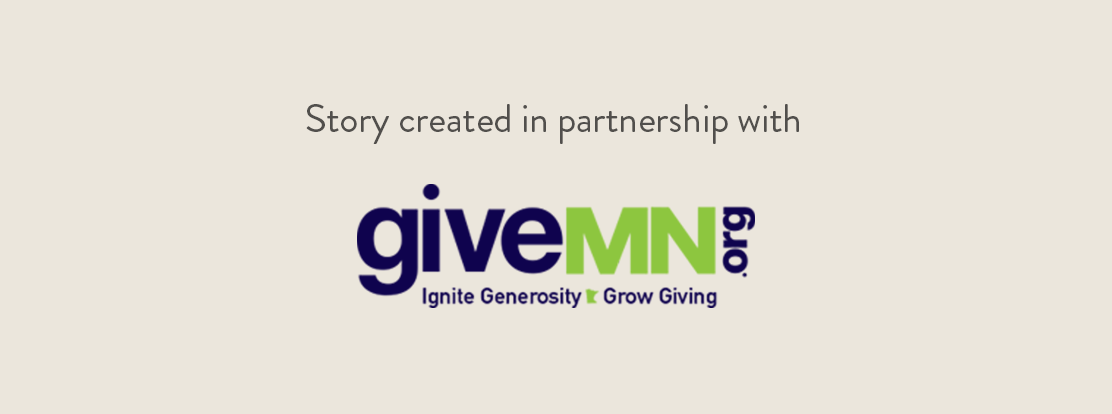
Contributors

